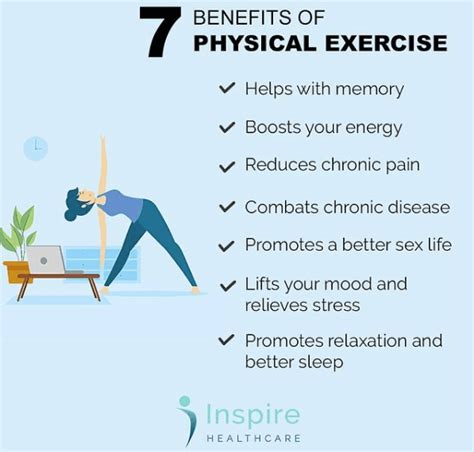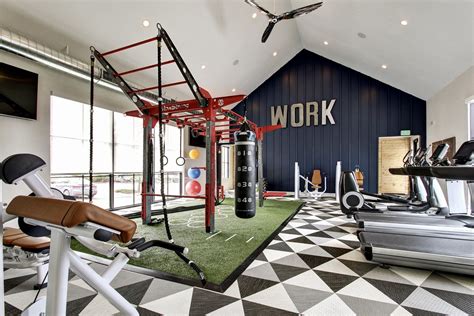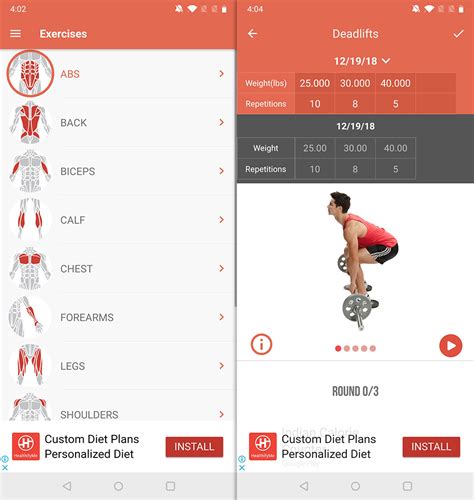Intro
Staying fit and healthy is a top priority for many individuals, but finding the time and motivation to go to the gym can be a challenge. With increasingly busy schedules and the convenience of modern technology, many people are turning to at-home fitness solutions to achieve their health and wellness goals. Fitness at home offers a flexible and cost-effective way to stay active, without the need for expensive gym memberships or commutes. Whether you're a beginner or an experienced athlete, working out from the comfort of your own home can be a game-changer for your physical and mental well-being.
In recent years, the fitness industry has seen a significant shift towards at-home workouts, with the rise of online fitness classes, workout apps, and home gym equipment. This trend is driven by the growing demand for convenience, flexibility, and personalized fitness experiences. With the ability to work out from anywhere, at any time, individuals can now take control of their fitness journeys and achieve their goals without the constraints of a traditional gym setting. Moreover, at-home fitness allows people to focus on their specific needs and interests, whether it's weight loss, strength training, or stress relief.
The benefits of fitness at home are numerous and well-documented. For one, it provides an opportunity to create a personalized workout routine that suits your lifestyle, preferences, and fitness level. At-home workouts also eliminate the intimidation factor that can come with working out in a public gym, allowing individuals to feel more comfortable and confident as they exercise. Additionally, fitness at home can be a cost-effective solution, as it eliminates the need for gym memberships, transportation costs, and expensive personal training sessions. With the right equipment and guidance, individuals can achieve their fitness goals from the comfort of their own homes, without breaking the bank.
Benefits of At-Home Fitness

Types of At-Home Workouts
At-home workouts can take many forms, depending on an individual's interests, fitness level, and goals. Some popular types of at-home workouts include: * Bodyweight exercises: These exercises use an individual's own body weight as resistance, and can be done with minimal equipment. * Resistance band workouts: Resistance bands are lightweight, portable, and inexpensive, making them a great option for at-home workouts. * Yoga and Pilates: These low-impact exercises focus on flexibility, balance, and core strength, and can be modified to suit different fitness levels. * High-intensity interval training (HIIT): HIIT involves short bursts of intense exercise, followed by brief periods of rest, and can be an effective way to improve cardiovascular fitness and burn calories.Creating a Home Gym

At-Home Fitness Equipment
At-home fitness equipment can range from simple and inexpensive to complex and costly. Some popular options include: * Dumbbells: A versatile and essential piece of equipment for strength training and resistance exercises. * Resistance bands: Lightweight, portable, and inexpensive, resistance bands are a great option for at-home workouts. * Treadmill or stationary bike: For cardiovascular exercise and endurance training. * Free weights: Barbells, kettlebells, and other free weights can be used for strength training and resistance exercises. * Exercise balls and balance equipment: For core strength, balance, and flexibility exercises.Online Fitness Classes and Workout Apps

Staying Motivated and Accountable
Staying motivated and accountable is crucial for achieving success with at-home fitness. Consider the following strategies: * Set goals and track progress: Use a fitness tracker, journal, or app to set goals, track progress, and celebrate achievements. * Find a workout buddy: Exercise with a friend, family member, or online community to stay motivated and accountable. * Mix up your routine: Vary your workouts and try new exercises and activities to avoid boredom and prevent plateaus. * Reward yourself: Celebrate milestones and achievements with non-food rewards, such as new workout gear or a relaxing bath.Common Challenges and Solutions

Safety and Injury Prevention
Safety and injury prevention are essential considerations for at-home fitness. Some key tips include: * Warm up and cool down: Start and end each workout with a gentle warm-up and cool-down to prevent injury and promote recovery. * Listen to your body: Rest and recover when needed, and avoid pushing yourself too hard or ignoring pain or discomfort. * Use proper form and technique: Learn proper form and technique for each exercise, and avoid sacrificing form for heavier weights or more reps. * Stay hydrated and fueled: Drink plenty of water and eat a balanced diet to support your workouts and overall health.Conclusion and Next Steps

To get started with at-home fitness, consider the following next steps:
- Set clear goals and track progress
- Invest in a few key pieces of equipment, such as dumbbells or a yoga mat
- Explore online workout resources and tutorials
- Find a workout buddy or online community for support and motivation
- Consult with a healthcare professional or fitness expert to develop a safe and effective workout plan
What are the benefits of at-home fitness?
+At-home fitness offers a range of benefits, including convenience, cost-effectiveness, personalization, and increased motivation. It also eliminates the intimidation factor of working out in a public gym and allows individuals to focus on their specific needs and interests.
How do I create a home gym?
+To create a home gym, choose a dedicated workout area, invest in a few key pieces of equipment, and consider factors such as lighting, ventilation, and storage. You can also explore online workout resources and tutorials to get started.
What are some common challenges and solutions for at-home fitness?
+Common challenges for at-home fitness include lack of motivation, limited space, and limited equipment. Solutions include finding a workout buddy, choosing compact and versatile equipment, and exploring online workout resources and tutorials.
How can I stay motivated and accountable with at-home fitness?
+To stay motivated and accountable with at-home fitness, set clear goals and track progress, find a workout buddy or online community, and mix up your routine to avoid boredom and prevent plateaus.
What are some safety and injury prevention tips for at-home fitness?
+To prevent injury and ensure safety with at-home fitness, warm up and cool down, listen to your body, use proper form and technique, and stay hydrated and fueled. It's also essential to consult with a healthcare professional or fitness expert to develop a safe and effective workout plan.
